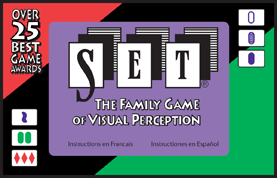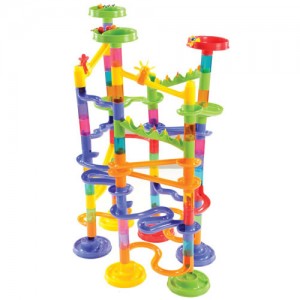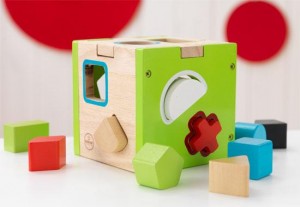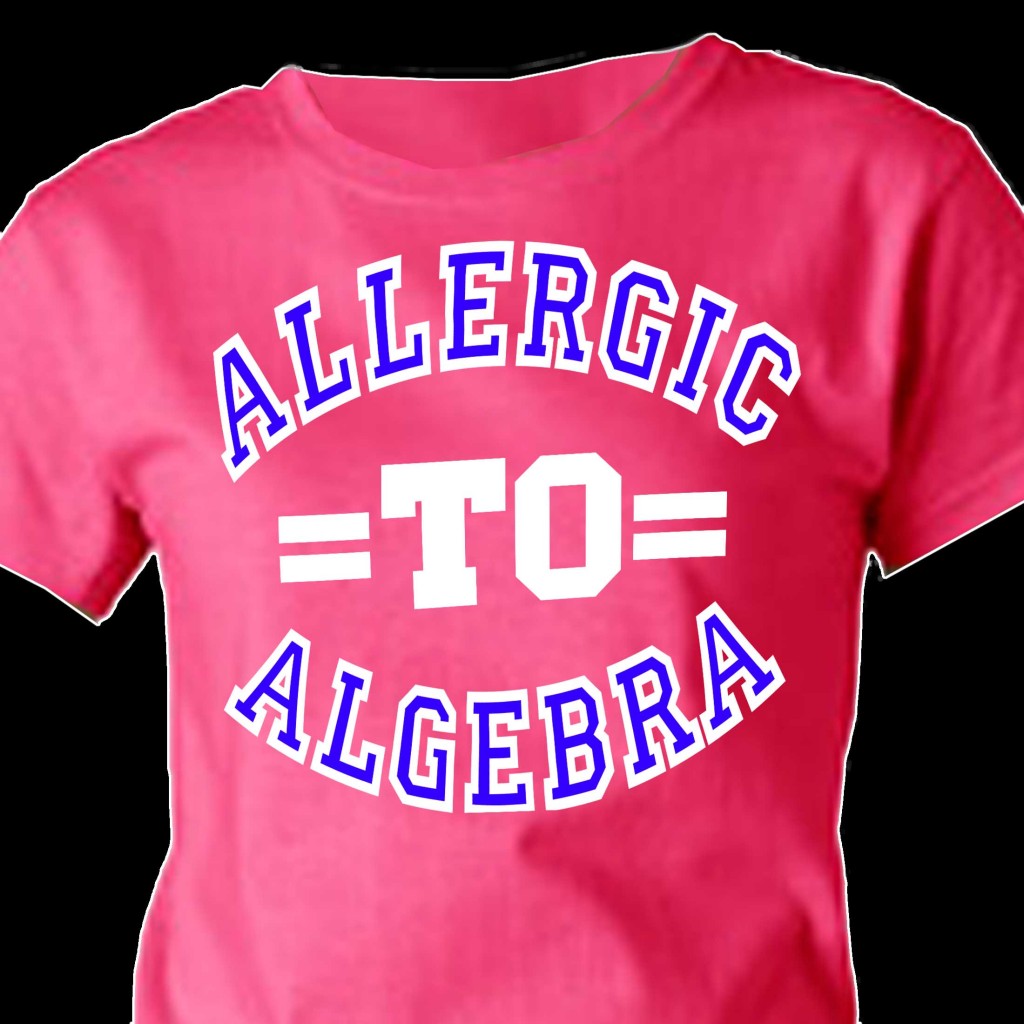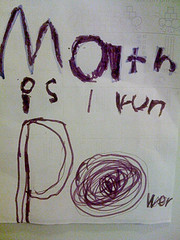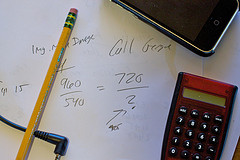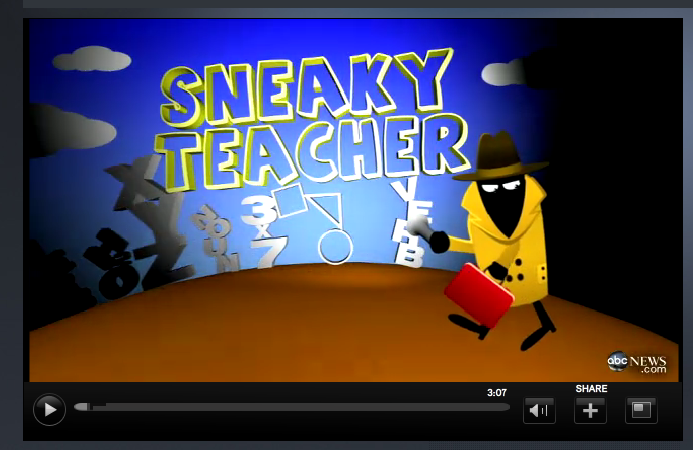One of the questions I get most often from parents is this: How can I help my kids from being anxious about math like I am? And for a math nerd like me, the answer is pretty simple. I’m unnaturally aware of the math around me. Because of my background and experience — and maybe even the way my brain is wired to see patterns in damned near everything — I can weave math into just about any situation I come across.
(Go ahead, try me. Post a situation in the comments section, and I’ll bring the math. It’s a game I used to play with my daughter, until she got really tired of losing.)
But for most parents, this level of math awareness is just not as simple to access. This is where Laura Bilodeau Overdeck comes in. With degrees in astrophysics and public policy, Overdeck is probably a little like me — finding math in everything and pointing it out to her kids at every turn. But she didn’t just keep this to herself. Nope, she launched Bedtime Math, a really simple idea designed to help parents inject a little math in their kids’ everyday lives.
Each day, she and her crackerjack team send out an email to subscribers (it’s free!) that offers three math questions — one for Wee Ones, one for Little Kids and one for Big Kids — that are centered on a little story or current event. Yesterday, the theme was tongue twisters. On Wednesday, it was hopping.
During Math Awareness Month, Overdeck and her team have introduced a series of mini, math videos. And these things are funny. The first is about ninja training — what kid (or parent) wouldn’t want to find out what happens? Check it out below:
I can’t tell you how much I love Bedtime Math. If you have little kids, give it a shot. You’ll probably learn something too — and you might even raise your awareness of the math around yourself.
Are you a Bedtime Math subscriber already? How do you use it with your kids? What do your kids think about it? Share in the comments section.






